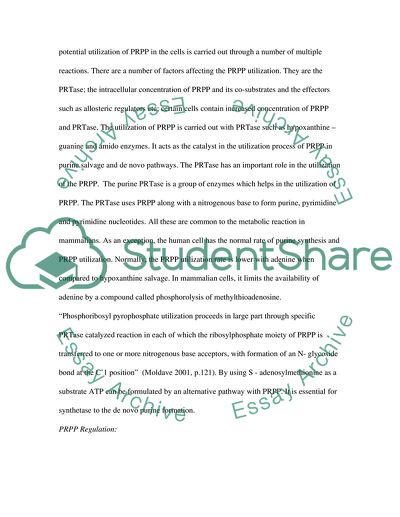Cite this document
(Arts Syndrome and Loss-of-Function Mutations Research Paper, n.d.)
Arts Syndrome and Loss-of-Function Mutations Research Paper. Retrieved from https://studentshare.org/health-sciences-medicine/1739965-phosphoribosyl-pyrophosphate-synthetase-a-hidden-cause-of-inherited-diseases
Arts Syndrome and Loss-of-Function Mutations Research Paper. Retrieved from https://studentshare.org/health-sciences-medicine/1739965-phosphoribosyl-pyrophosphate-synthetase-a-hidden-cause-of-inherited-diseases
(Arts Syndrome and Loss-of-Function Mutations Research Paper)
Arts Syndrome and Loss-of-Function Mutations Research Paper. https://studentshare.org/health-sciences-medicine/1739965-phosphoribosyl-pyrophosphate-synthetase-a-hidden-cause-of-inherited-diseases.
Arts Syndrome and Loss-of-Function Mutations Research Paper. https://studentshare.org/health-sciences-medicine/1739965-phosphoribosyl-pyrophosphate-synthetase-a-hidden-cause-of-inherited-diseases.
“Arts Syndrome and Loss-of-Function Mutations Research Paper”, n.d. https://studentshare.org/health-sciences-medicine/1739965-phosphoribosyl-pyrophosphate-synthetase-a-hidden-cause-of-inherited-diseases.


